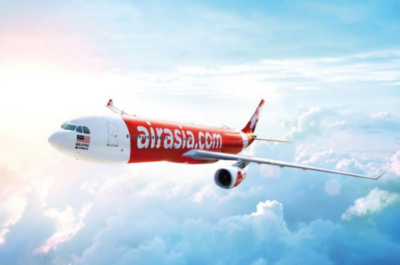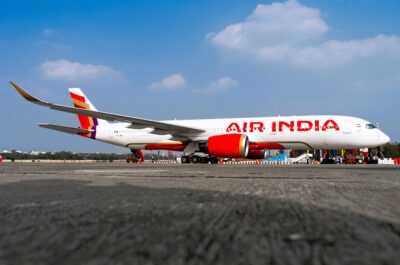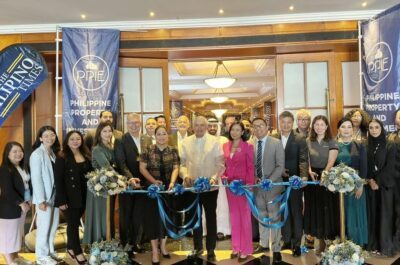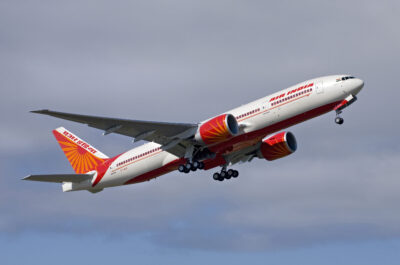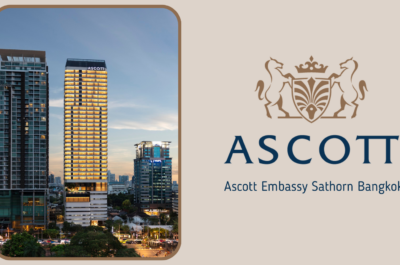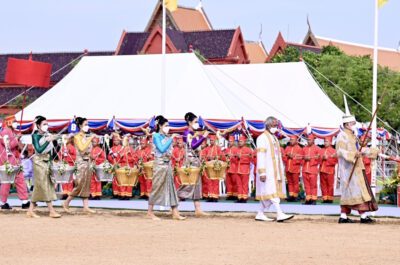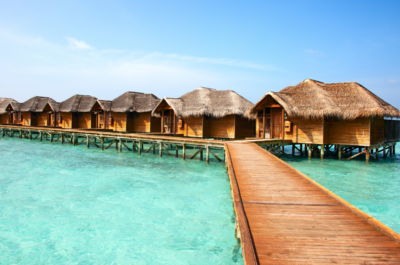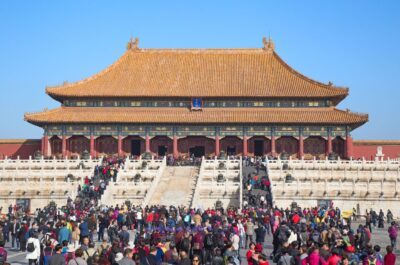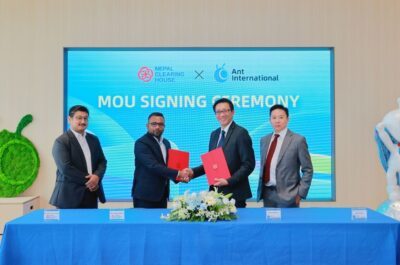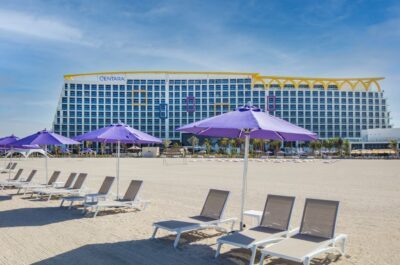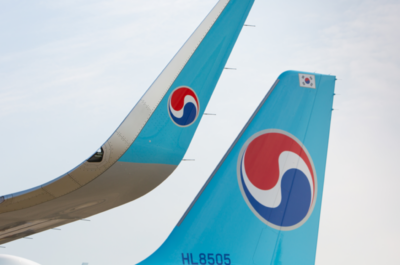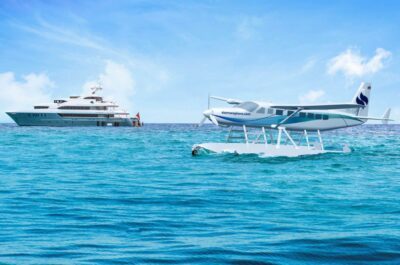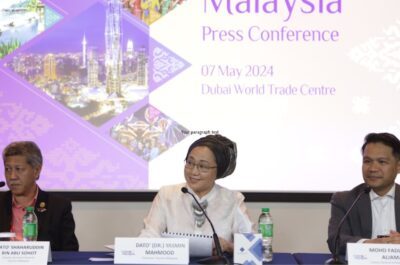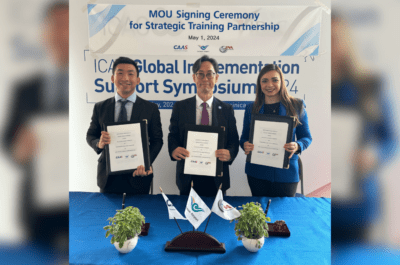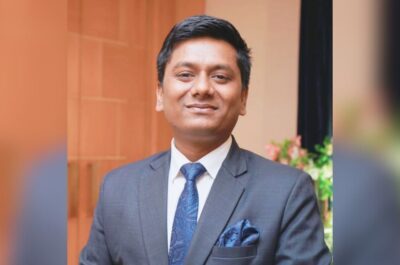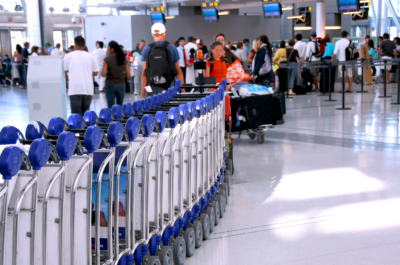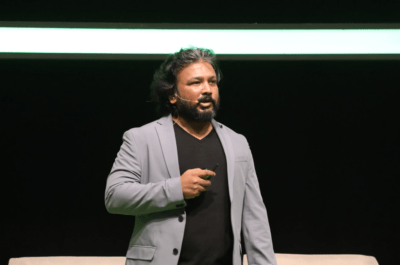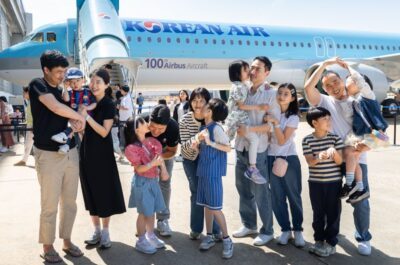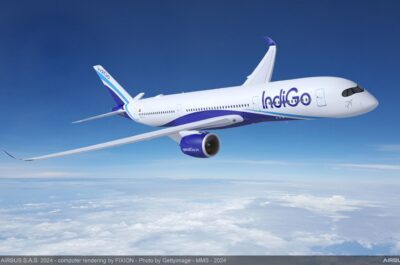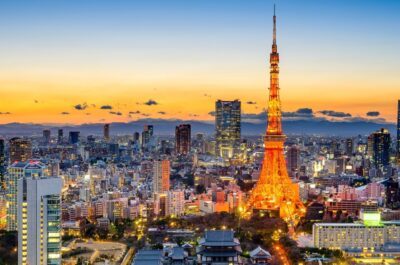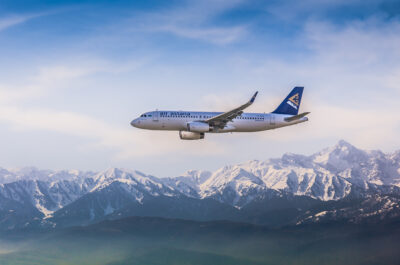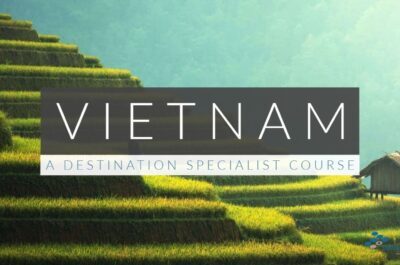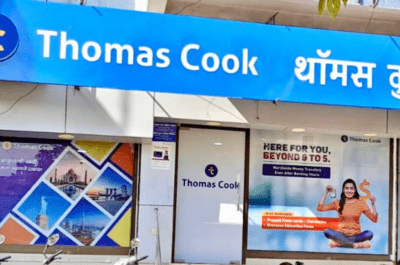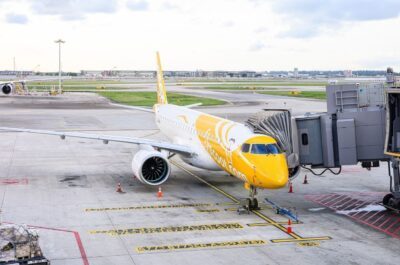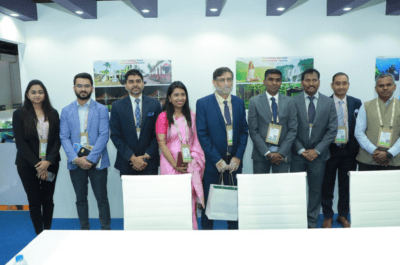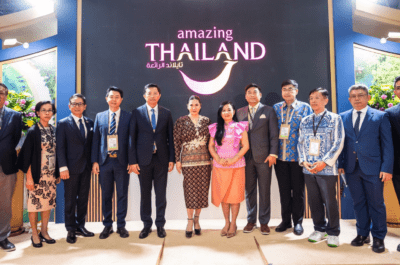…
The Philippine’ campaign to become a prime medical tourism destination is being overshadowed mainly by perception of poor facilities and promotion, tourism industry stakeholders said. These will be addressed in this week’s first medical tourism and wellness summit to be led by the Department of Tourism (DoT).
“The Philippines is often not in the picture when it comes to medical tourism, we are seen as still a third world country,” Philippine Medical Tourism, Inc. President Eva A. Trinidad told BusinessWorld. “It’s always countries like Thailand, Singapore, Korea and India that we hear about in summits,” she added.
In a separate interview, Tourism Secretary Joseph H. Durano said the wellness sector is part of the department’s “recession-proof strategy” to ensure tourism growth amid the economic downturn. Tourism Undersecretary Cynthia L. Carrion said the country has internationally recognized health care facilities that can compete with those of Thailand and Singapore.
“Procedures here are cheaper than Singapore and definitely our facilities are comparable to that of Thailand,” said Maria M. Rebujio, president of the Beverly Hills Medical Group, which operates an ambulatory surgery center that also offers spa services.
But while stakeholders claimed the country has an edge in many aspects, it is lacking in good marketing strategy. Ms. Trinidad said the Department of Tourism (DoT) should market medical procedures that can be availed of and not the beaches or resorts that foreign patients can visit.
The DoT said marketing both the medical and wellness facilities and other attractions should be done in tandem. “[There are] efforts to drum up interest from foreign buyers of the medical services in the country,” said Mr. Durano.
Marceline F. Clemente, president of the Makati Tourism Foundation, Inc. noted the difficulty of competing with the prices of Thailand, which are about 40%-60% cheaper. To counter cheaper rates, she said the state can highlight the provision of liability assurance and the presence of internationally accredited medical institutions.
Packages should also be arranged for convenience. “There should be airport lines specifically for medical travelers so it’s easier for them and visa extensions. Spas and spa workers should be accredited so we ensure the safety of procedures. Hotels could also offer cheaper packages for medical travelers and understand that there are certain things that [patients] need. When we have that, more people will come,” said Ms. Trinidad.
Ms. Carrion said that the DoT recently set up a technical working group for health and wellness tourism with representations from both the public and private sectors.
The department is also developing a statistical base to track the progress of the industry, and has also negotiated tax incentives for medical tourism from the Board of Investments, she added.
Although there are no data yet on the entry of medical tourists, the Makati Medical Center, which is vying to become a major participant in medical tourism, said it needed to set up a Japan-held desk due to an increase of Japanese patients last year.
Theodore is the Co-Founder and Managing Editor of TravelDailyNews Media Network; his responsibilities include business development and planning for TravelDailyNews long-term opportunities.
















